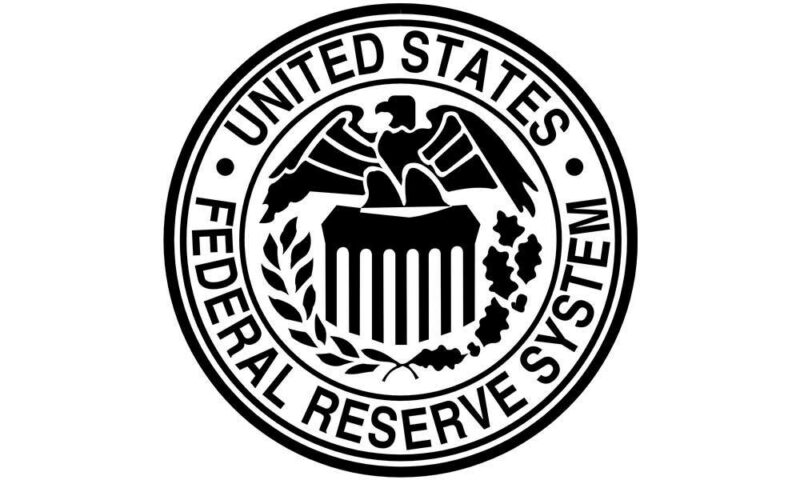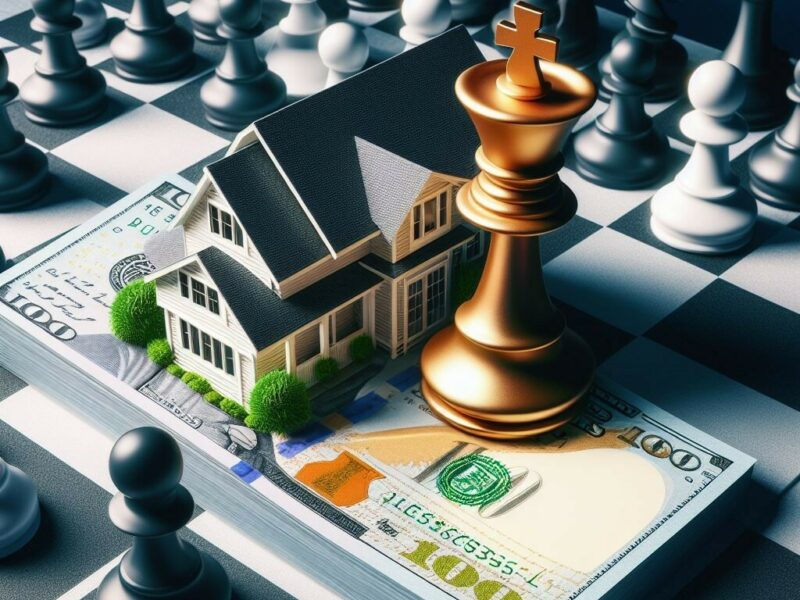Article Excerpt
The Federal Reserve recently announced its first rate hike in over three years. Learn more about what this could mean for Texas homebuyers.
On March 16, 2022, the Federal Reserve System — more commonly known as “The Fed” — announced its first interest rate hike in three years. The Fed had kept interest rates low throughout the COVID-19 pandemic. It did this at least partly in an effort to help consumers deal with the massive financial upheaval that the pandemic has caused.
Now, as the country is facing rather significant inflation (projected at a whopping 7.9% by EOY), the Fed has decided to raise interest rates by one-quarter of a percentage point. Economic forecasts suggest that several more rate hikes could occur during the rest of 2022. What does all of this mean, though, and how could it affect homebuyers? Read on for an overview of the Fed, its influence over interest rates, and what homebuyers might expect.
What is the Fed?
The Fed is the United States’ central bank. It oversees national monetary policy and regulates banks. Its goals include maintaining a stable financial system and minimizing risks to financial institutions, businesses, and individual consumers.
Congress created the Fed through the Federal Reserve Act, which became law in 1913. The Fed consists of twelve regional Federal Reserve Banks. The regions do not always correspond to state borders. The Federal Reserve Bank of Dallas, for example, oversees the Eleventh Federal Reserve District, which covers all of Texas, northern Louisiana, and southern New Mexico.
![Photo by Andreas Praefcke from Wikimedia Commons [Creative Commons] Modern building](/images/articles/_generalPhotoStandard/Modernbuilding.jpg)
Photo by Andreas Praefcke from Wikimedia Commons [Creative Commons]
What does a “rate hike” mean?
Interest rates represent the cost of obtaining credit. The higher the interest rate, the more expensive credit will be. One way that the Fed promotes stability in the U.S. financial system is by raising or lowering interest rates. During a period of inflation, rising interest rates lead people to borrow less money and save more money. This takes money out of circulation and, ideally, drives prices down.
The Fed has the authority to adjust the federal funds target rate. To oversimplify it, this is the range of interest rates at which banks and credit unions lend money to one another. An increase in this rate will result in an increase in interest rates for loans made to homebuyers and other consumers.
It is worth noting that, prior to March 16, the Fed’s rate was close to zero. The current rate hike increases the federal funds target rate to a range of 0.25% to 0.5%. Keep in mind, also, that the Fed’s rate hike is not the only factor affecting mortgage interest rates. Factors like inflation and low housing inventory can drive interest rates up. Factors like market instability driven by world events can cause interest rates to go up or down.
![Image by U.S. Government from Wikimedia Commons [Public domain] Money bags](/images/articles/_generalPhotoStandard/moneybags.jpg)
Image by U.S. Government from Wikimedia Commons [Public domain]
How will this rate hike affect homebuyers?
A rate hike of 0.25% might not have any noticeable immediate effect on home mortgage rates or other household expenses, but watch out for the long-term impact. This rate hike has convinced most analysts that more rate hikes are coming.

Image by Manuel Velasco from Pixabay
Likely: Increased Cost of Borrowing
Rising interest rates mean that borrowing money is more expensive. In addition to paying down the principal of a loan, the amount of interest you must pay goes up. For 15- and 30-year mortgages, the monthly payments must go up in order to keep up with the payment schedule.
Mortgage interest rates have already been rising throughout 2022 because of numerous factors, only one of which has been the anticipation of a rate hike by the Fed. Now that the rate hike has happened, it is certain that the additional cost of borrowing will pass down from the banks to the consumer level.
The current increase of 0.25%, by itself, might not have a huge impact on homebuyers, at least in the short term. Suppose you bought a house for $400,000 with a $20,000 down payment and a 30-year fixed-rate mortgage at 4% interest. Based on our mortgage calculator, you might expect a monthly payment of $2,052. If the loan had an interest rate of 4.25% instead of 4%, the monthly payment would increase by $55, to $2,107. Remember, though, that this is not likely to be the only rate hike this year.
Less Likely: Increased Returns on Savings
The flip side of an increase in the cost of borrowing money, one might think, is an increase in returns for saving money. This is not, however, a 1-to-1 correlation. The Fed’s rate hike has no direct influence on interest rates for savings deposits, and many large banks have been paying very low rates.
While the rate hike could eventually lead to improved returns on savings, it would be a very gradual change. It is unlikely that increased returns from savings will outpace increased costs from borrowing any time soon. To put that another way, if a person is deciding between using $20,000 as a down payment for a home and parking that money in a savings account, the home will probably still be an attractive option despite higher mortgage rates.
Unlikely: Lower Housing Costs
Could a decrease in the cost of a new home be another possible outcome of higher interest rates? It would make sense. If fewer people borrow money to buy homes, then fewer homes are sold, and prices should go down. Other factors, however, could intervene to prevent a drop in prices. Inventory remains low in many areas, so scarcity could continue to keep prices high.
Mortgage questions? We have mortgage answers.
Now is a great time to buy or refinance a home. The Wood Group of Fairway is available to answer your home mortgage questions, address interest rates, and help you find the perfect mortgage options for your situation. Get started on your free pre-approval today!



